behavior dog training
behavior dog
dog obedience training
The act of chewing seems to be a matter of individual preference among dogs: some have an innate desire to chew as a pleasurable activity in itself, and some seem to have no need to chew whatsoever unless theyre driven to it out of sheer boredom.
The phrase destructive chewing may sound redundant, because by its very nature! all chewing is destructive. Your dog has strong jaws full of sharp, pointy teeth: just about anything she starts to chew on is probably going to show the effects of it inside of a minute. So just to clarify, when I use the phrase destructive chewing, Im referring to inappropriate chewing: the kind of chewing thats focused on your own possessions and household items, instead of on your dogs own designated toys and chews.
The three main reasons why dogs chew:
- Most dogs have a natural desire to chew. Its fun, it passes the time, and its a self-rewarding, self-reinforcing activity (for example, if shes chewing on something that tastes good.)
- Chewing provides a nervous, bored, or lonely dog with an outlet for her emotions. To an anxious dog, the repetitive act of chewing is soothing its the doggie equivalent of comfort food.
- Underexercised dogs often use chewing as a way of burning up nervous energy and giving themselves something to do.
- How to prevent destructive chewing -
Dogs are perfectly capable of learning not to chew your stuff you just have to put in a little effort first, thats all.
1. Take control of the situation: manage your own possessions. Your first step should be to dog-proof your home. Even if you have the best-behaved dog in the world, theres still no reason to test her self-control after all, dogs explore the world with their mouths.
Dog-proofing your home means taking whatever you dont want to end up in her mouth, and making it unavailable. Consider her size and agility when deciding whether somethings out of reach: can she jump? Can she climb, or leap onto something else to reach the desired object? How tall is she when standing on her back legs?
Common targets in the home include books, eyewear, clothing, shoes, garbage, and small crunchy appliances like cameras, cell phones, and remote controls.
It should go without saying that all food needs to be put securely away: dont leave snacks on low tables (or even countertops youd be surprised how acrobatic she can be when theres food at stake!), put all food into containers or the pantry. Rinse your dirty plates clean of any food scraps before leaving them by the sink.
2. Prevent her from learning the joys of illegal chewing. The more times she manages to snatch a jawful of a forbidden substance a chair-leg, a pillow, a running shoe the more readily shell target those items in future. If you can prevent her from chewing your stuff in the first place, its a lot easier for her to understand what you expect of her. Practically speaking, this means confining her in a dog-proofed area until youre confident of her understanding of the house rules.
3. Dont set her up for failure by blurring the boundaries between her stuff (OK to chew) and your stuff (not OK to chew). Dont offer your dog cast-off clothes, shoes, or towels to chew and play with: realistically, you cant possibly expect her to be able to tell the difference between your current shoes and the one shes got in her mouth that you gave her five minutes ago.
4. Provide her with lots of tasty alternatives to your stuff. If her environment is relatively barren of attractive, appropriate chewing objects, you can hardly blame her for targeting your possessions. Remember, most dogs need to chew; if shes an adolescent (under three years) or a puppy (under one year), her needs will be even more pronounced. Go on a toy and chew shopping spree, then give her two or three to play with at a time. Rotating the available toys every few days will keep things novel and interesting for her.
5. Spend lots of time in active supervision. Yes, it might be easier for you to just keep her penned up in her crate, run, or the yard but thats boring and horrible for her, and hardly much fun for you either (if you wanted a pet that you dont need to interact with, youd have got a goldfish, right?) She cant learn what you expect of her if shes spending all her time boxed up in the dog-proof zone: she needs the opportunity to explore the boundaries of your expectations, so she can understand whats appropriate and whats not.
6. When you catch her chewing something inappropriate, interrupt her by making a loud noise: clap your hands or make an Ah-ah-aaaah! noise. Then, immediately hand her a tasty and dog-appropriate alternative (a rawhide bone or other chew toy); as soon as her jaws close around it, praise her lavishly. There is no better way to get your dog to understand that chewing her toys equals praise from you, but everything else equals trouble.
- Maintain a productive attitude -
Above all, remember to keep your expectations realistic. Youre not perfect, and neither is your dog: theres likely to be at least one incident where a cherished item is damaged by her curiosity.
Particularly in the early stages of your relationship, shes still learning the ropes: itll take awhile before shes completely reliable (and even then, if shes left by herself for too long or feels neglected, she may choose your stuff over hers to occupy her time and jaws with.) Remember to give her time to learn the rules, and plenty of you-time to help her learn faster and dont forget to take precautions and keep things out of reach until shes got the hang of the chewing rules!
For more information on dog training techniques and how to deal with problem dog behavior (like chewing), check out SitStayFetch. Its the complete manual for dog ownership and is designed to fast-track your dogs learning.
You can visit the SitStayFetch site by clicking on the link below:
http://www.kingdomofpets.com/dogobediencetraining/?aff=ashutoshba&type=chewing
To know more about dog behaviour, visit my blog:
http://dog-habits.blogspot.com
behavior dog training
behavior dog
dog obedience training

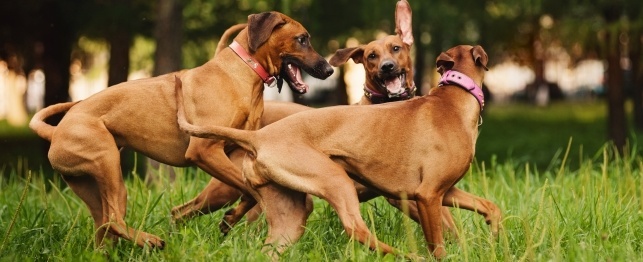 Dogs Play at the Park
Dogs Play at the Park
Dogs Play at the Park
Dogs Play at the Park
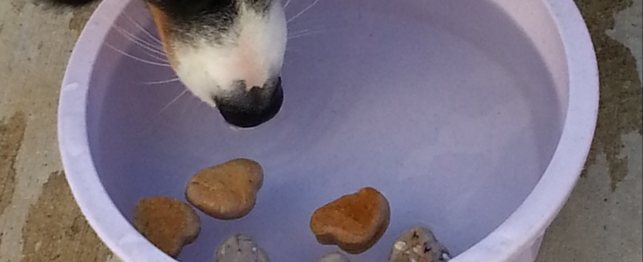 Games for Dogs: Bobbing for Biscuits
Games for Dogs: Bobbing for Biscuits
Games for Dogs: Bobbing for Biscuits
Games for Dogs: Bobbing for Biscuits
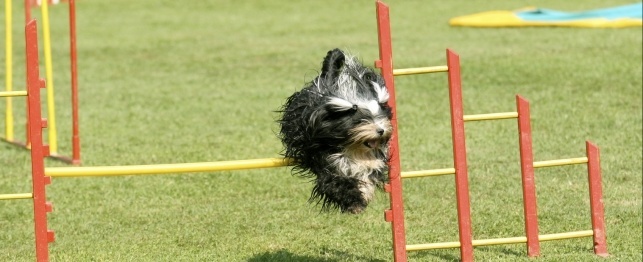 Agility: an Exciting Dog Sport
Agility: an Exciting Dog Sport
Agility: an Exciting Dog Sport
Agility: an Exciting Dog Sport
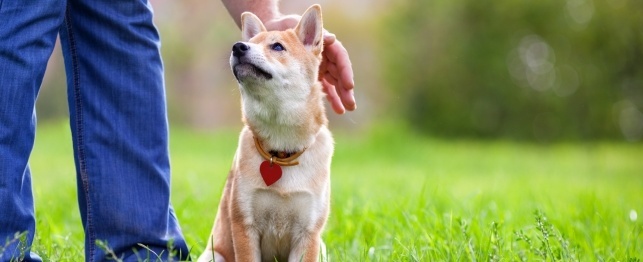 Fun at the Park for You and Your Dog
Fun at the Park for You and Your Dog
Fun at the Park for You and Your Dog
Fun at the Park for You and Your Dog
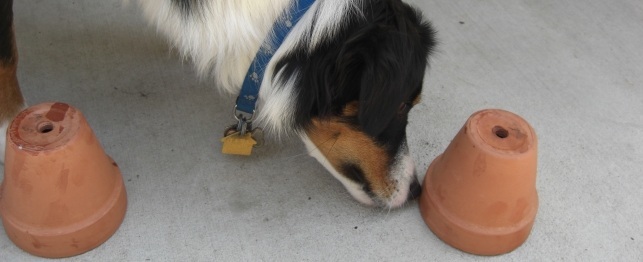 Flower Pot Scenting Game for Dogs
Flower Pot Scenting Game for Dogs
Flower Pot Scenting Game for Dogs
Flower Pot Scenting Game for Dogs